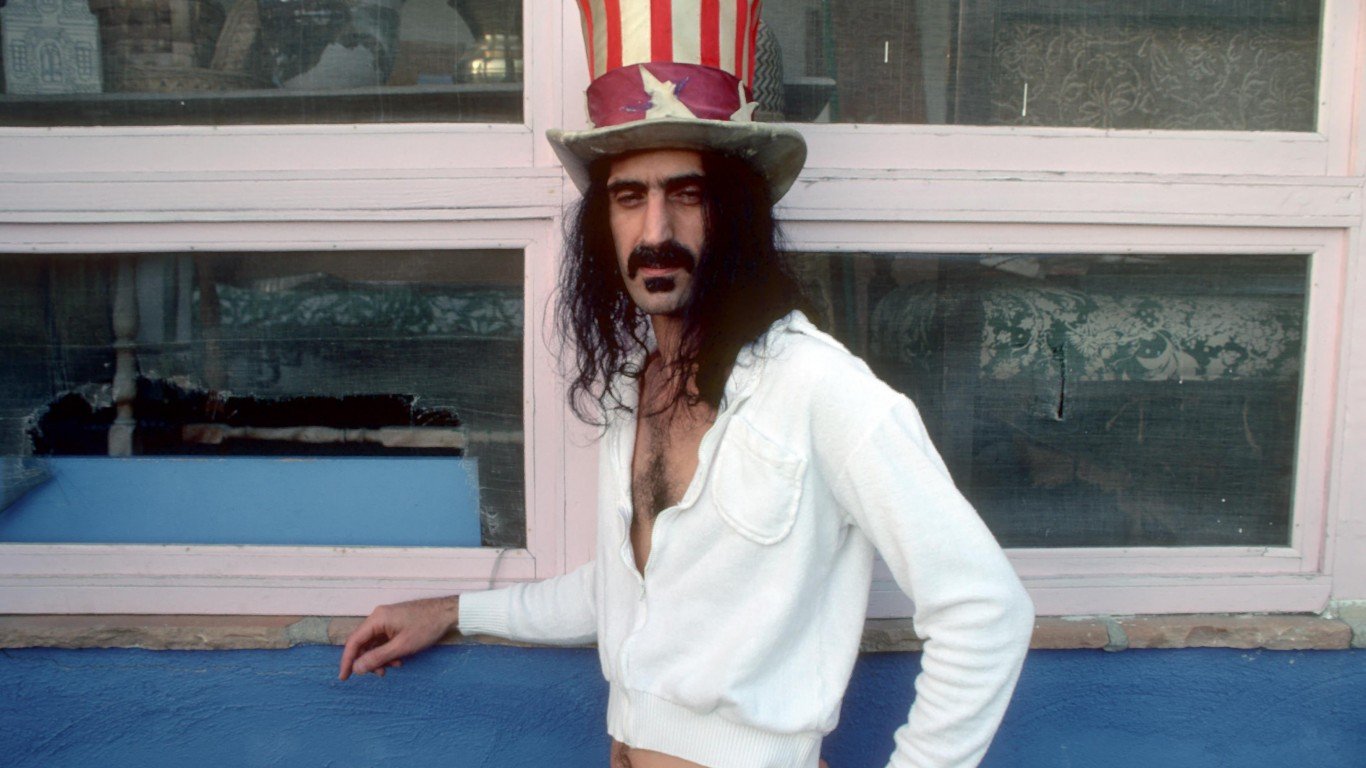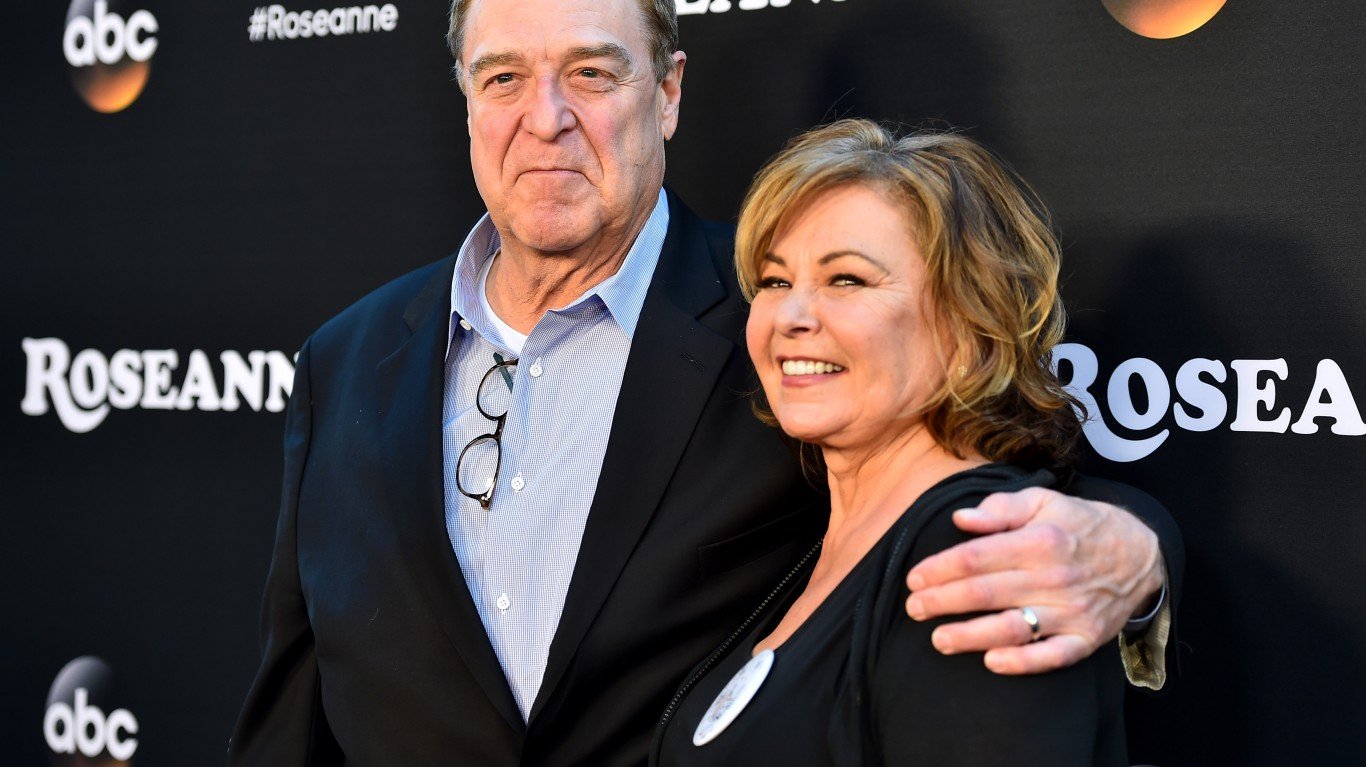

Walt Disney Co. (NYSE: DIS) is in the midst of a management transition. The risks of that have become compounded by the coronavirus outbreak, which could affect traffic to its theme park and cruise line businesses and to theaters that show films produced by its studios.
Disney recently announced that longtime CEO Bob Iger would be replaced by lieutenant Bob Chapek. Iger will stay on as executive board chair until the end of the year. That gives Wall Street some measure of comfort.
Can Streaming Revenue Be a Hedge Against Traditional Disney Sales?
Disney has several businesses that are under siege because of COVID-19. Certainly its theme parks, which produced $7.3 billion of Disney’s $20.9 billion in the most recent quarter. They were a staggering $2.3 billion of total operating income.
The risk, therefore, in this segment is extreme. Disney has closed its parks in Shanghai, Hong Kong and Japan.
The risk of the shuttering of more Disney parks grows as the coronavirus spreads worldwide. It will be impossible for Disney to maintain strong earnings in this quarter. Future quarters are at risk as well.
Disney’s media network business is probably in better shape. These include the cable and broadcasting networks. Among the most visible units in this group are ABC and ESPN. The spread of the virus should not curtail television viewing.
Media network revenue in the past quarter was $7.4 billion. Operating income was $1.6 billion.
That brings the argument around to Disney’s movie studio business. Theater attendance could drop off due to the COVID-19 spread. Because of this risk, MGM and Universal recently delayed the new James Bond movie, “No Time To Die,” from April 10 to November 25. Depending on the duration of the trouble, and whether movie theaters close, Disney has hundreds of millions in ticket sales at risk.
Disney plans to release some major movies soon: “Mulan,” “Black Widow,” “Soul” and “Jungle Cruise.” The box office sales of all of these are at risk.
Disney does have among the strongest portfolio of movie franchises in the world. These include Star Wars, Pixar and Marvel. Disney paid billions of dollars for these franchises.
Disney shelled out $7.4 billion in 2006 for Pixar. It paid $4.2 billion for Marvel Entertainment in 2009. Disney bought Lucasfilm, the creator and producer of the Star Wars franchise, for $.41 billion in 2012. These buyouts, and the recent purchase of most of 21st Century Fox for $71.3 billion last year, are the cornerstone of Iger’s legacy.
The New Disney World of Streaming, Netflix and Amazon Challenges
Iger’s last major bet before he left the CEO job was Disney+, the company’s competitor to Netflix, Amazon Prime and a number of other, smaller video streaming services. Disney’s gamble is that if it takes Pixar, Marvel, Star Wars and Disney films off the other large streaming services, consumers will subscribe to Disney+ to have access to them. Because of the age demographics of the franchises, which range from older adults to young children, this may work.
What is Disney up against? Netflix Inc. (NASDAQ: NFLX) has a brand that is a decade old and over 150 million subscribers around the world. It also produces programming of its own that is not available on any other streaming service.
The Amazon.com Inc. (NASDAQ: AMZN) model is similar to Netflix’s model. It has one huge advantage, however. Amazon Prime video is tethered with free shipping of items bought on Amazon, special sales and music streaming.
Amazon can market Prime to tens of millions of customers through its own e-commerce portal. Amazon has well over 100 Prime members worldwide, although it does not disclose the figure.
Disney has priced Disney+ below its two rivals. A monthly subscription is $6.99. Prime is priced at $12.99 a month, although many people take the annual package at $119. The Netflix “standard” plan is also $12.99 a month.
The challenge Disney has in the streaming space is that consumers will only take a modest number of streaming services. Added together, three services can cost $40 a month. People’s time is limited enough that the hours of programs begin to overflow the amount of time people can spend watching.
Does Disney+ have enough unique programming to take market share from its larger rivals? That is the primary question about whether it can become viable.
Recent estimates are that Disney+ has 30 million subscribers, but some are bundled with other services. The most visible of these is with Verizon. How many of those people will keep the service when it is unbundled?
The most optimistic forecast for Disney+ is that it will have 60 million to 90 million subscribers by 2025. That forecast comes from Disney itself.
Disney+ and Covid-19
Disney has two edges if the coronavirus spreads. The first is its network business. The second is Disney+.
Neither is likely to offset a long period when its theme parks are closed. They are simply too large a part of Disney’s business.
And Disney’s revenue risk is compounded by the chance that movie theaters in some parts of the world may be closed at the same time Disney releases blockbusters.
ALERT: Take This Retirement Quiz Now (Sponsored)
Take the quiz below to get matched with a financial advisor today.
Each advisor has been vetted by SmartAsset and is held to a fiduciary standard to act in your best interests.
Here’s how it works:
1. Answer SmartAsset advisor match quiz
2. Review your pre-screened matches at your leisure. Check out the advisors’ profiles.
3. Speak with advisors at no cost to you. Have an introductory call on the phone or introduction in person and choose whom to work with in the future
Take the retirement quiz right here.
Thank you for reading! Have some feedback for us?
Contact the 24/7 Wall St. editorial team.



